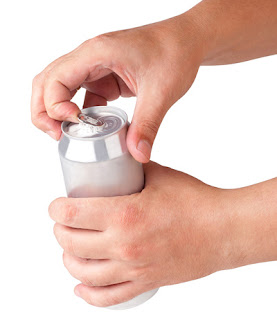 Chicken Tenderness: Multiple Shearing
Chicken Tenderness: Multiple ShearingEmpirical methods of assessing texture are often challenged by lack of homogeneity or uniformity in samples.
Heterogeneous systems, such as unprocessed meat products can have structural elements that can vary considerably for the same overall chemical composition. Sometimes the sample to be analysed may be of variable configuration or structure from piece to piece such as for chicken strips.















































